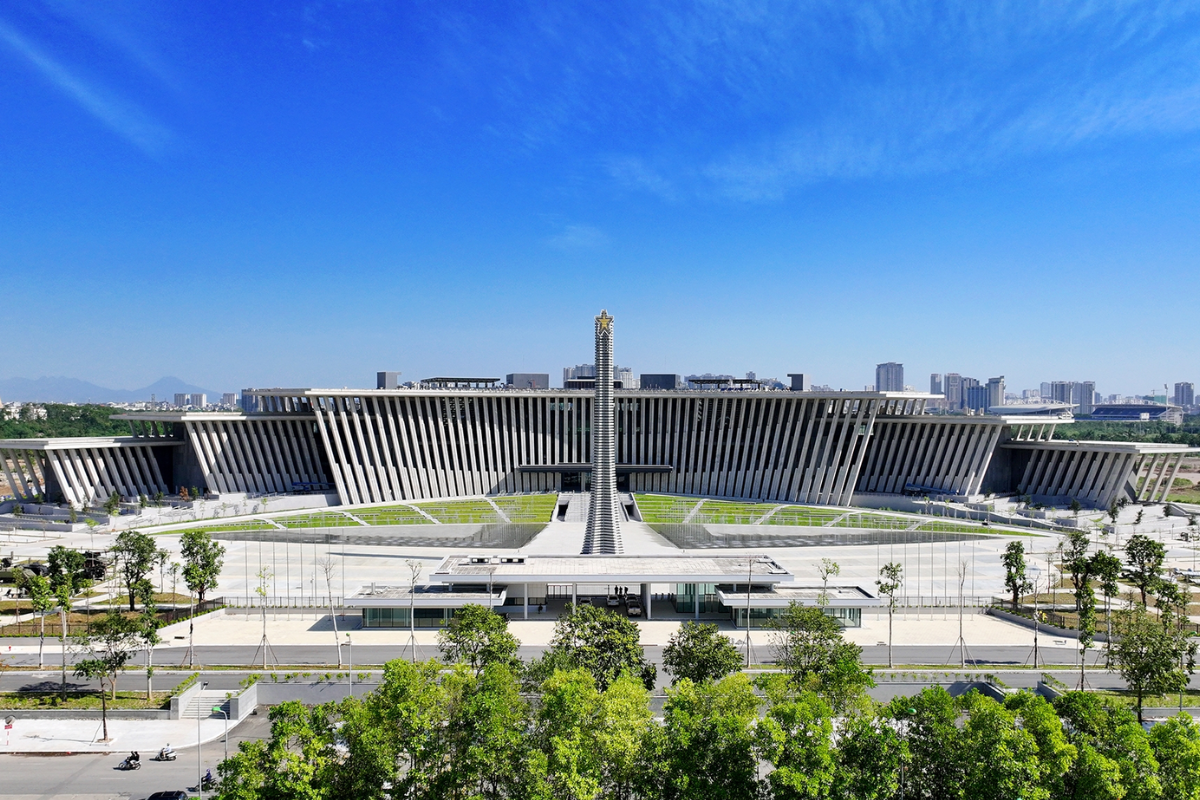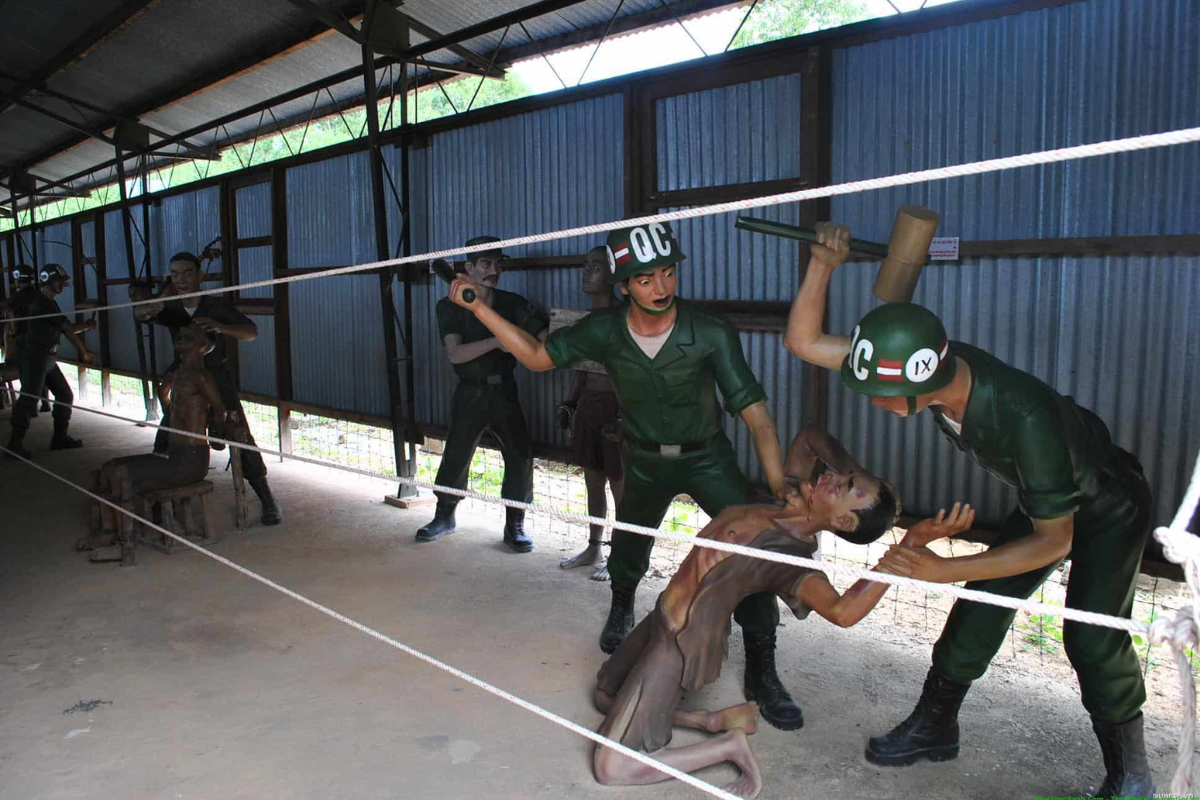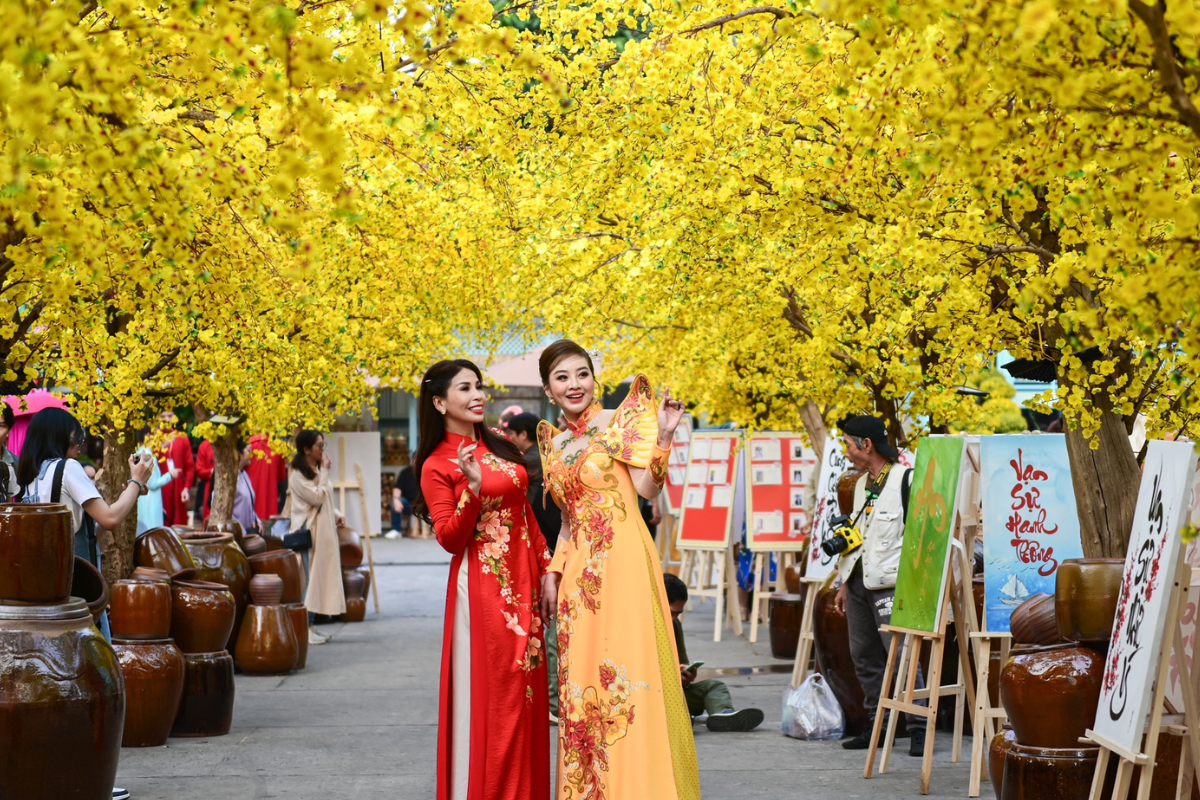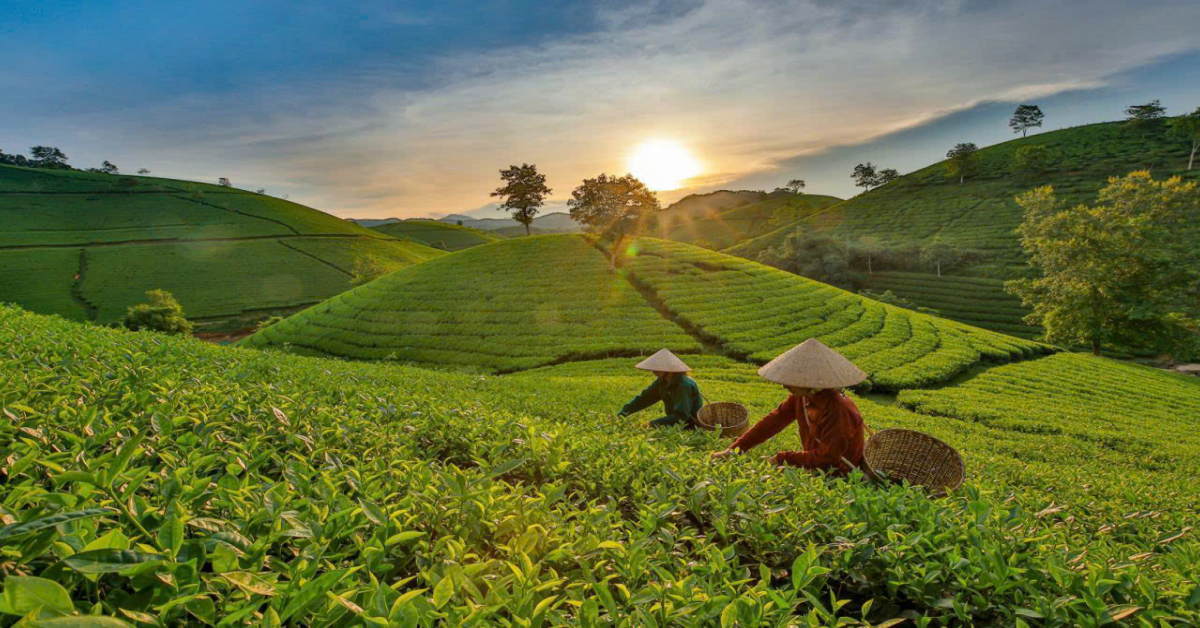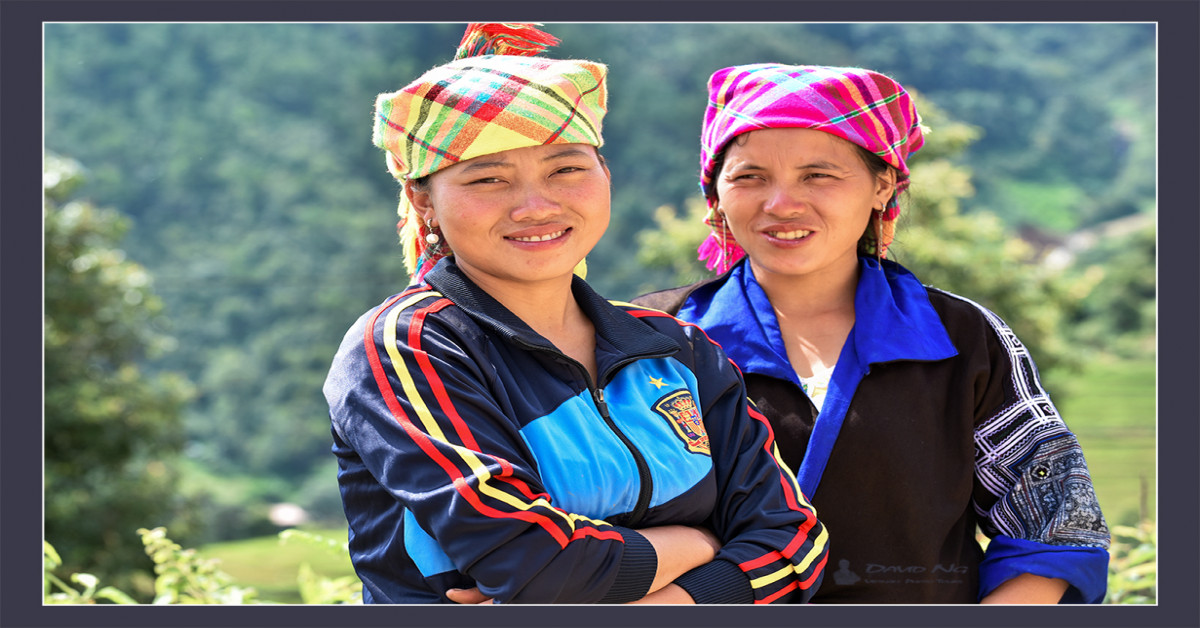Ban Yen Nhan Soy Sauce Village
Discover the Essence of Vietnamese Culinary Heritage
.jpg-image-gpgcmfoj.jpg)
Photo by Nguyen Duy Hung
Discover the essence of Vietnamese culinary heritage at Ban Yen Nhan Soy Sauce Village, just a short 25km journey from Hanoi. This charming village is renowned for its traditional soy sauce making, offering visitors a glimpse into techniques passed down through generations. Join Hanoi tours to explore the sights, smells, and flavors of this cultural treasure, where every bottle of soy sauce embodies the craftsmanship and tradition of the region.
Where is Ban Yen Nhan?
.jpg-image-oewrfbve.jpg)
Photo by Nguyen Duy Hung
Ban Yen Nhan soy sauce village is located in Ban Yen Nhan town, My Hao district, Hung Yen province, about 25km from Hanoi. Ban Yen Nhan soy sauce village has a strong development with a production capacity of 11 million liters per year, generating revenue of about 165 billion VND. This is also a craft village tourism area well-known in the Northern region.
Exploring Ban Yen Nhan Soy Sauce Village
This is one of the famous craft villages known for its traditional soy sauce making. Ban soy sauce, a specialty of the village, has been ranked as one of the must-buy specialties when traveling to the Northern region or Hanoi.
What Makes Ban Yen Nhan Soy Sauce Special?
.jpg-image-kyeocuxg.jpg)
Photo by Nguyen Duy Hung
Despite the rapid development and the emergence of new dishes, Ban Yen Nhan soy sauce remains an indispensable condiment on the dining table of many households in rural Northern Vietnam. Some jokingly say "Ban" means poor, so Ban soy sauce is dubbed as "poor household soy sauce." In fact, this sauce was once used as a tribute to the kings. Over time, it has also become a source of pride for the people of Ban Yen Nhan town and is celebrated in poetry and music, with a sense of closeness and simplicity.
The ingredients for making Ban soy sauce include three main components: rice, salt, and soybeans. The cooking process is meticulous and time-consuming (about 1 – 2 months per batch of soy sauce).
Learning the Process of Making Soy Sauce in Ban Yen Nhan
.jpg-image-qettqqui.jpg)
Photo by Nguyen Duy Hung
Soy sauce making in Ban Yen Nhan village has been passed down through generations for hundreds of years. The moment visitors step foot in this village, they are impressed by the aroma of soy sauce permeating the air, with rows of shops selling soy sauce and every household engaged in soy sauce making. All the soy sauce bottles here are produced by families in the village following the "from father to son" tradition.
The soy sauce cooking process is divided into three main stages: raising the rice mold, fermenting the soybeans, and fermenting the soy sauce. Sunlight is a crucial factor in determining the excellent flavor of Ban soy sauce.
.jpg-image-etzqmxgf.jpg)
Photo by Nguyen Duy Hung
Common questions
What Are Some Recommended Souvenirs or Products to Purchase From Ban Yen Nhan Village Related to Soy Sauce Making?
When visiting Ban Yen Nhan village, I would recommend exploring the traditional soy sauce making products and souvenirs. Some great options include handcrafted soy sauce bottles, artisanal soy sauce infused with local herbs and spices, and soy sauce-based condiments like dipping sauces or marinades. These make for unique and authentic keepsakes that capture the village's rich culinary heritage.
Are There Any Special Events or Festivals Held in Ban Yen Nhan Village That Celebrate the Tradition of Soy Sauce Production?
Yes, Ban Yen Nhan village hosts annual festivals and events that celebrate the tradition of soy sauce production. One notable celebration is the Soy Sauce Cultural Festival, which features demonstrations of the time-honored soy sauce making process, traditional music and dance performances, and opportunities for visitors to participate in hands-on workshops. These events are wonderful ways to immerse oneself in the village's deep culinary roots.
Can Visitors Participate in Any Hands-On Activities or Workshops Related to Soy Sauce Making During Their Visit to Ban Yen Nhan Village?
Absolutely! Ban Yen Nhan village offers exciting hands-on experiences for visitors to learn about traditional soy sauce making. You can participate in workshops that guide you through the entire process, from ingredient preparation to fermentation and bottling. These interactive sessions provide a wonderful chance to get a firsthand understanding of the skill and artistry involved in crafting authentic Vietnamese soy sauce.
How Has Modern Technology or Techniques Influenced the Traditional Process of Soy Sauce Making in Ban Yen Nhan Village?
While Ban Yen Nhan village has embraced some modern technologies to enhance efficiency, the core traditional techniques of soy sauce making remain central to the process. For example, village artisans may utilize stainless steel equipment for certain steps, but the lengthy natural fermentation in wooden barrels is still meticulously maintained. This blend of tradition and innovation allows the village to uphold the authenticity of their soy sauce while introducing improvements that elevate the final product.
What Are Some Unique or Lesser-Known Uses of Soy Sauce in Vietnamese Cuisine That Visitors Might Not Be Familiar With?
Beyond the more well-known applications of soy sauce in Vietnamese cooking, such as in marinades, dipping sauces, and seasoning stir-fries, the artisanal soy sauce from Ban Yen Nhan village has some unique culinary uses. For instance, it can be used to caramelize the surface of roasted meats, adding a rich, savory depth of flavor. The village's soy sauce is also prized for its ability to enhance the broth in classic Vietnamese dishes like pho. Visitors may be delighted to discover these innovative ways of incorporating high-quality soy sauce into their culinary explorations.

